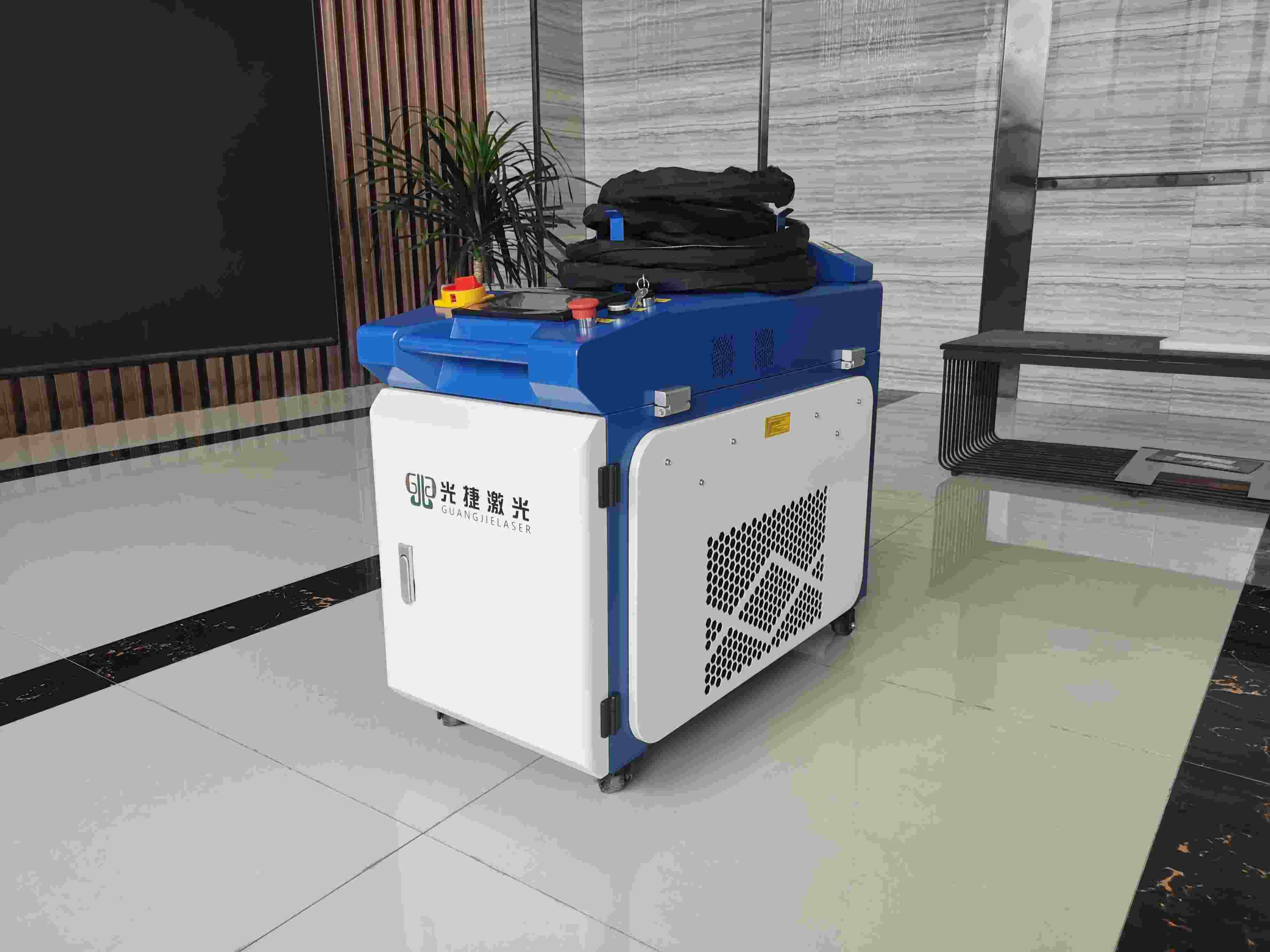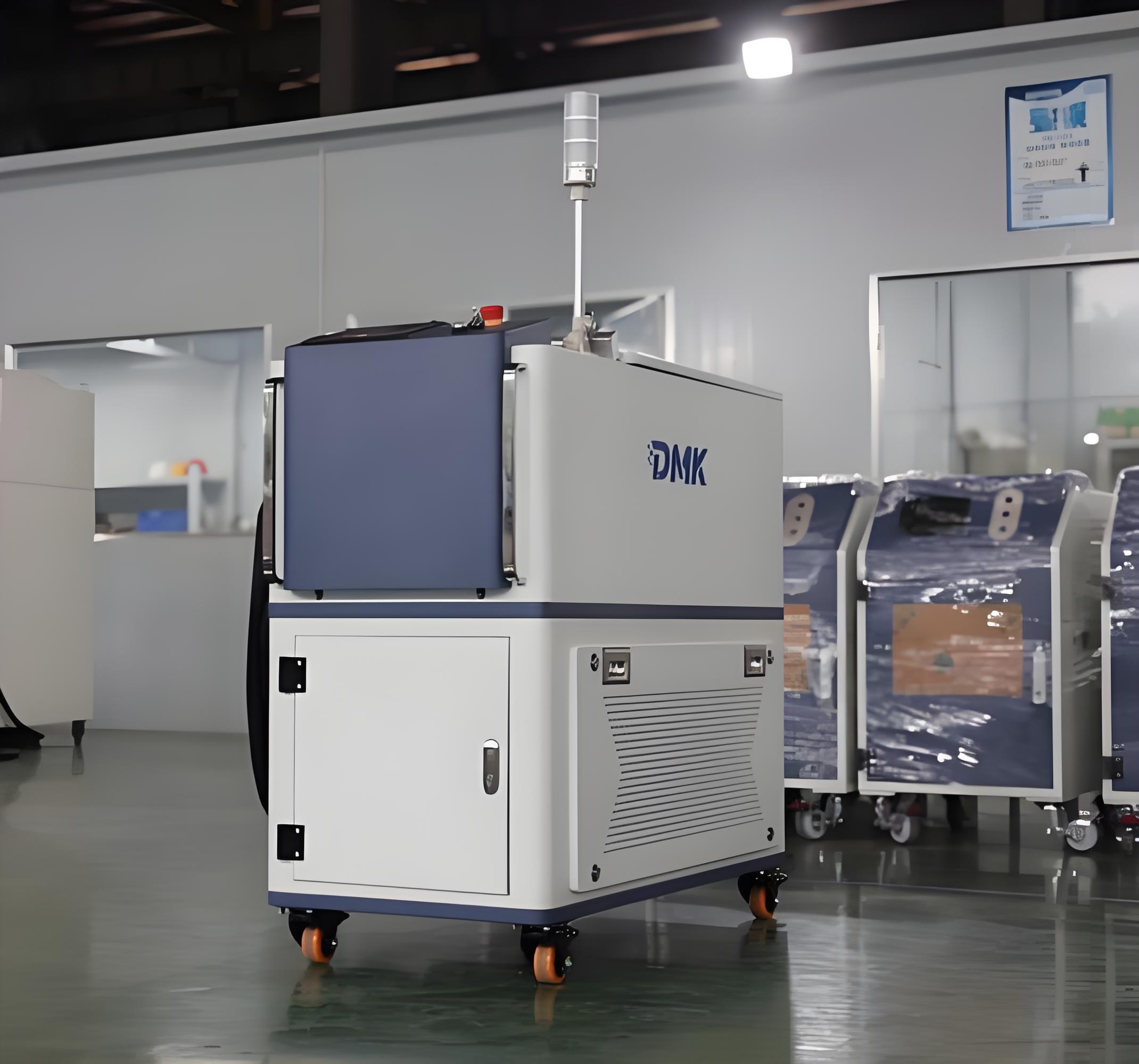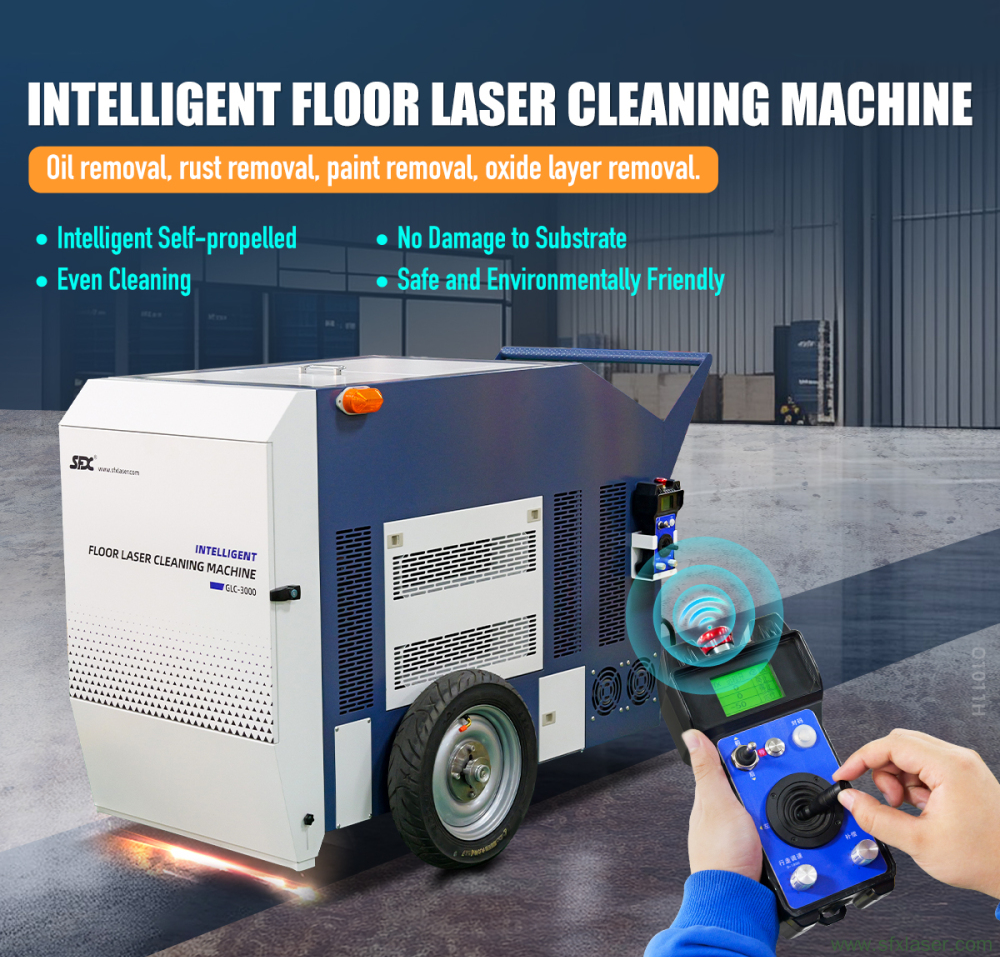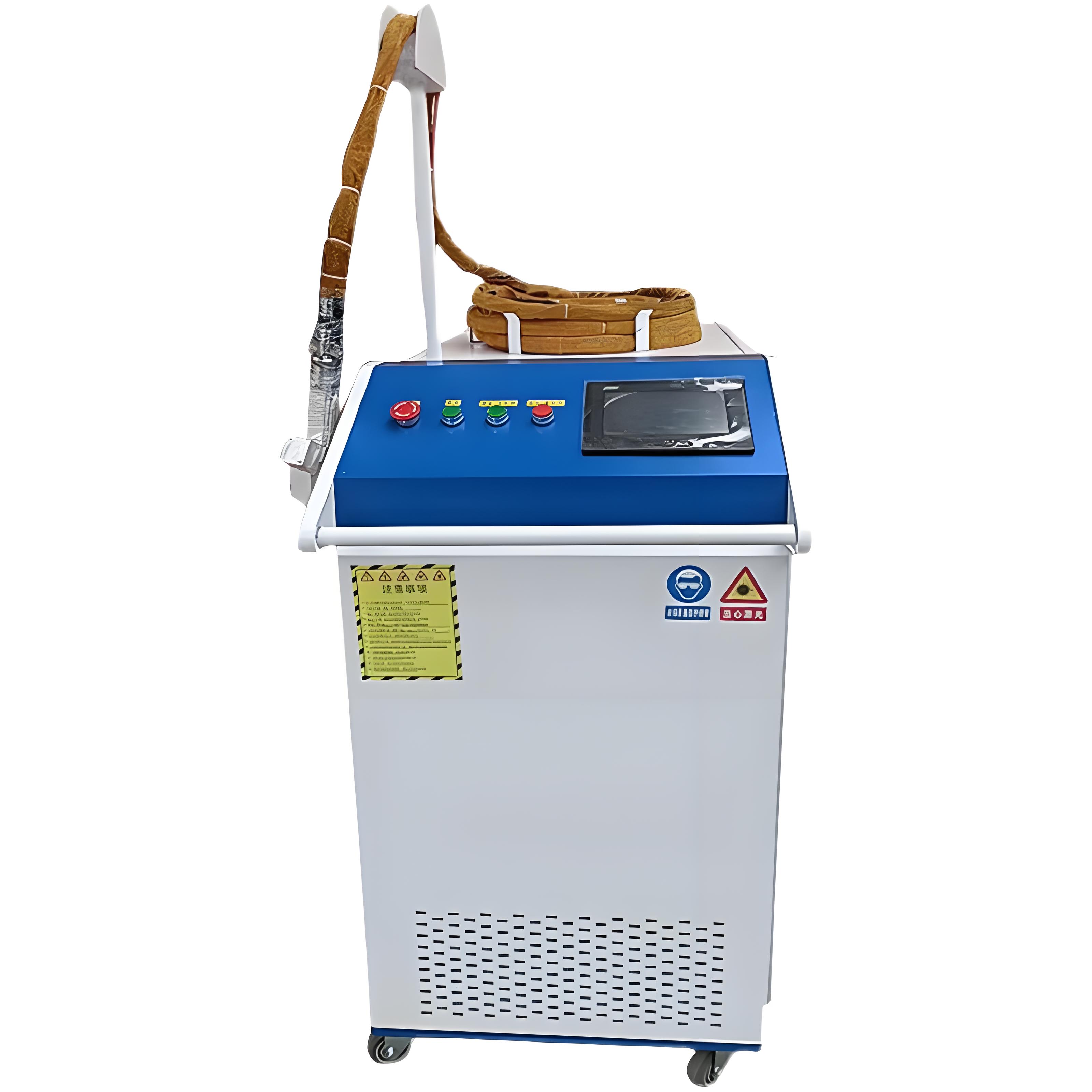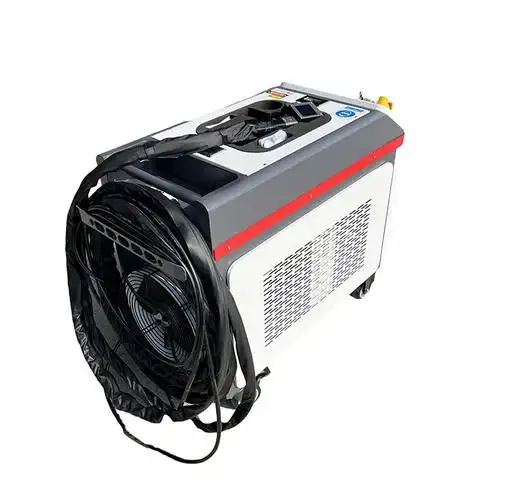Having worked in the industrial cleaning sector for over 15 years, I’ve seen technologies come and go, but few have made as big an impact as laser cleaning equipment. These machines are a game-changer—efficient, eco-friendly, and precise, they’re transforming how we handle rust, paint, and contaminants in industries from manufacturing to heritage restoration. But operating a laser cleaning machine isn’t something you can just pick up overnight. It requires a unique blend of technical know-how, safety awareness, and practical skills to ensure both the operator’s safety and the equipment’s performance. If you’re looking to become a skilled operator or train your team, you need to understand the essential skills that make a great laser cleaning professional. In this guide, I’ll walk you through the core competencies, share real-world insights from my experience, and highlight what it takes to excel in this role while avoiding common mistakes.
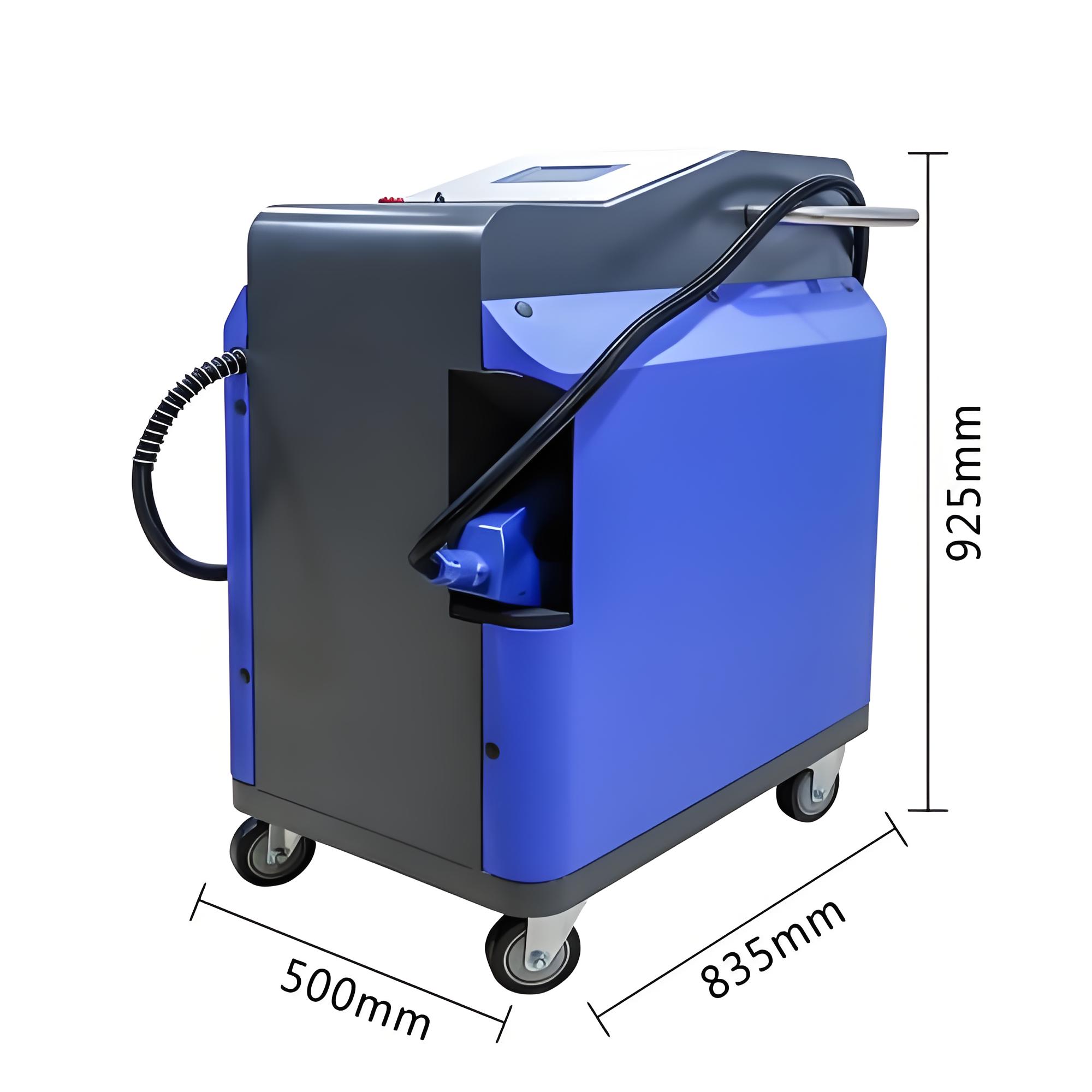
Understanding the Role of a Laser Cleaning Operator
Before diving into the skills, let’s clarify what a laser cleaning operator does. These professionals use high-powered laser systems—often Class 4 lasers, the most hazardous category—to remove rust, coatings, or contaminants from surfaces like metal, stone, or even delicate artifacts. The job demands precision, as the laser must clean effectively without damaging the underlying material. From setting up the machine to monitoring its performance, operators are responsible for everything from safety compliance to routine maintenance. It’s a role that combines technical expertise with a sharp focus on safety, and it’s not for the faint-hearted.
In my early days consulting for a manufacturing plant, I saw an operator try to “wing it” with a new laser cleaning machine. The result? Misaligned settings that scorched a pricey component and a near-miss with a laser beam reflection. That experience taught me that proper training and skills aren’t just nice-to-haves—they’re critical to avoiding costly errors and ensuring safety.
Core Skills for Laser Cleaning Equipment Operators
To excel as a laser cleaning operator, you need a mix of technical, safety, and practical skills. Below, I’ve broken down the key areas based on my years in the field, along with lessons learned from working with operators across industries.
1. Understanding Laser Technology and Physics
The foundation of operating a laser cleaning machine is a solid grasp of laser technology. You don’t need a PhD in physics, but you do need to understand how lasers work and how they interact with different materials. Here’s what I consider essential:
Laser Principles: Know the basics of laser operation—coherence, monochromaticity, and directivity. For example, lasers produce a focused beam of light that can ablate (vaporize) contaminants without harming the substrate if used correctly.
Laser Types: Be familiar with the differences between continuous wave (CW) and pulsed lasers. CW lasers are great for uniform cleaning over large areas, while pulsed lasers excel at delicate tasks like cleaning historical artifacts. I once worked with a museum team who used a pulsed laser to restore a 200-year-old statue—understanding the laser type made all the difference in preserving the surface.
Material Interactions: Different materials (steel, aluminum, ceramics) react uniquely to laser energy. You need to know how to adjust parameters like wavelength (typically 1064 nm for fiber lasers) and power density to avoid damage. For instance, aluminum requires lower power settings to prevent warping.
This knowledge isn’t just theoretical—it directly impacts how you set up and operate the machine. A good operator can look at a rusted steel beam and know whether to use a high-frequency pulse or a steady CW beam.
2. Machine Operation and Parameter Configuration
Operating a laser cleaning machine is like driving a high-performance car—you need to know how to handle the controls with precision. This involves:
Setup and Calibration: Before starting, you must align the laser head, check optics for cleanliness, and ensure the cooling system is running. I’ve seen operators skip these steps and end up with inconsistent cleaning results or damaged lenses.
Parameter Adjustment: You’ll need to tweak settings like laser power (10%–100%), pulse frequency (up to several kHz), and scan speed. For example, cleaning rust off steel might require 80% power and a 20 kHz pulse frequency, while paint removal on plastic needs lower power to avoid melting. Saving presets for common tasks can save time and ensure consistency.
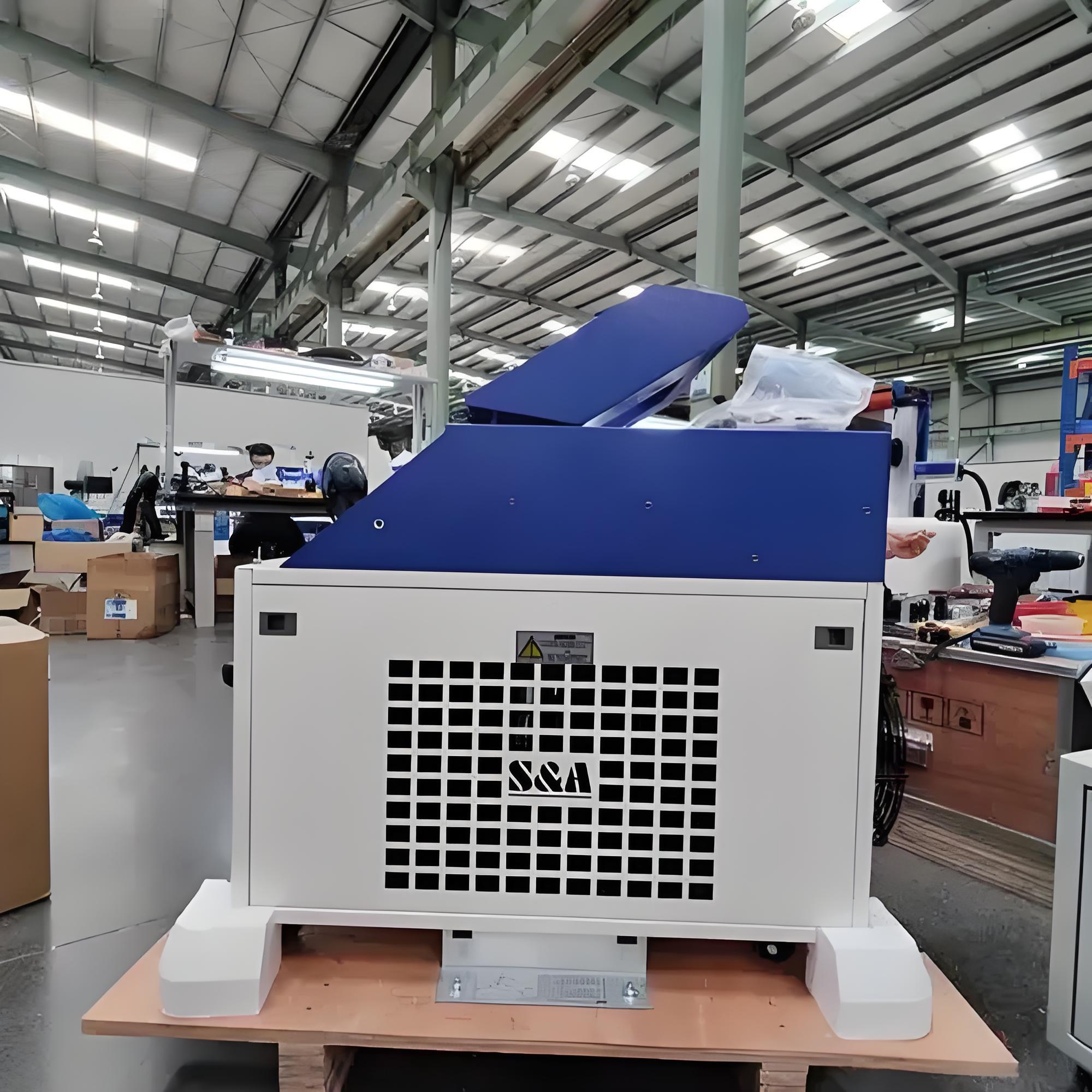
Software Proficiency: Many modern machines use software like cleanCONTROL or cleanTOUCH for programming scan patterns (lines, circles, or freeform). Being comfortable with these interfaces is crucial. I once trained an operator who struggled with software until we spent a day practicing preset configurations—after that, their efficiency doubled.
|
Task |
Key Parameters |
Typical Settings |
Material Example |
|---|---|---|---|
|
Rust Removal |
Power: 70–90%, Pulse: 20 kHz |
Fast scan speed |
Steel, Iron |
|
Paint Stripping |
Power: 40–60%, Pulse: 10 kHz |
Moderate scan speed |
Aluminum, Plastic |
|
Artifact Restoration |
Power: 20–40%, Pulse: 50 kHz |
Slow scan speed, short pulses |
Stone, Bronze |
3. Safety Awareness and Compliance
Safety is non-negotiable when working with Class 4 lasers, which can cause severe burns, eye damage, or even blindness. Operators must be well-versed in:
Personal Protective Equipment (PPE): Always wear laser safety goggles rated for the machine’s wavelength (e.g., 1064 nm with optical density >10). Flame-resistant clothing, heat-resistant gloves, and P100 respirators (for fumes) are also essential. I’ve seen operators skip goggles because they “felt fine”—a dangerous gamble that risks permanent injury.
Laser Safety Standards: Familiarity with regulations like ANSI Z136.1 and OSHA standards is a must. These cover everything from setting up a Laser Controlled Area (LCA) to using interlocked enclosures. In one factory I worked with, we installed beam curtains and warning signs to create a compliant LCA, reducing risks significantly.
Emergency Procedures: Know how to respond to accidental exposure or equipment failure. This includes shutting down the machine via the E-stop button and following first-aid protocols for laser burns. I always carry a laminated emergency checklist in my toolkit—it’s saved the day more than once.
4. Maintenance and Troubleshooting
A laser cleaning machine is a precision instrument, and keeping it in top shape is part of the operator’s job. Key skills include:
Routine Maintenance: Clean optical lenses, check coolant levels, and inspect cables for wear. For example, a dirty lens can scatter the beam, reducing efficiency. I recommend a daily maintenance checklist to catch issues early.
Troubleshooting: Be able to diagnose common problems like beam misalignment, overheating, or irregular cleaning patterns. I once helped an operator fix a “weak beam” issue by realigning the optics—a 10-minute fix that saved a day’s production.
Preventative Care: Regularly replace filters, check the chiller system, and protect the fiber optic cable from damage. In one case, a client avoided a $5,000 repair by catching a coolant leak during a routine check.
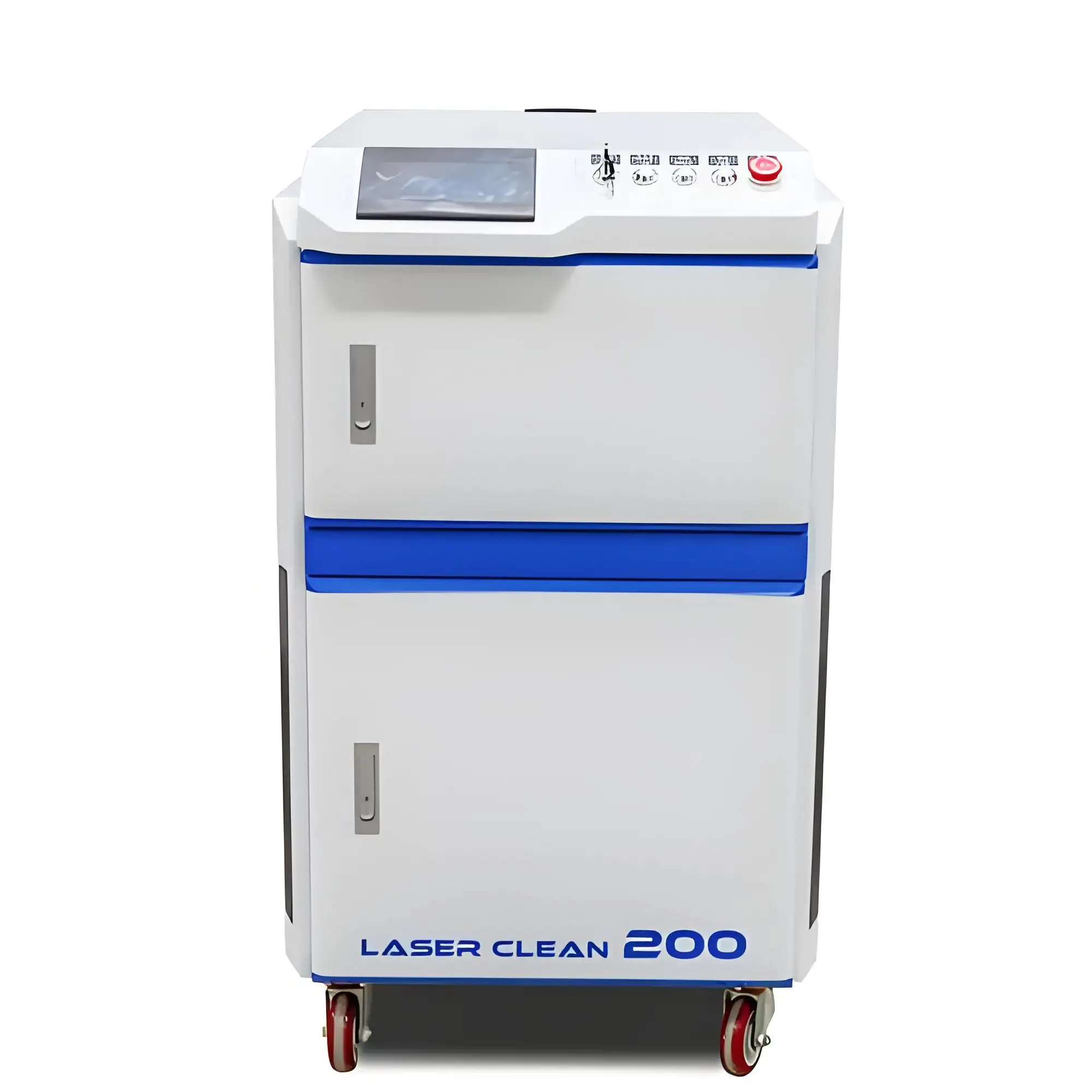
5. Material Knowledge and Application Expertise
Not all surfaces are created equal, and a skilled operator knows how to adapt to different materials and industries. This includes:
Material-Specific Settings: Metals like steel can handle higher power, while plastics or composites require lower settings to avoid damage. I’ve worked with aerospace clients who needed precise settings for titanium components—getting it wrong could ruin parts worth thousands.
Industry Applications: Laser cleaning is used in aerospace (cleaning turbine blades), automotive (rust removal), electronics (circuit board cleaning), and cultural conservation (restoring artifacts). Understanding the nuances of each application is key. For example, cleaning a historical statue requires slower scans and lower power than stripping paint from a car chassis.
Quality Control: After cleaning, inspect surfaces for uniformity and check for damage like micro-cracking. I always carry a magnifying loupe to spot subtle flaws that could affect performance.
6. Attention to Detail and Problem-Solving
Laser cleaning is a precision job, and small mistakes can lead to big problems. Operators need:
Precision: Adjusting settings or aligning the beam requires a steady hand and sharp focus. I’ve seen operators rush and end up with uneven cleaning that required rework.
Problem-Solving: When a machine isn’t performing as expected, you need to think on your feet. For example, if the beam isn’t removing rust effectively, you might need to adjust the pulse width or check for optic contamination.
7. Communication and Teamwork
While much of the job is technical, operators don’t work in a vacuum. You’ll need to:
Collaborate: Work with engineers, supervisors, or quality control teams to ensure cleaning meets specifications. I once coordinated with a quality assurance team to fine-tune settings for a high-stakes aerospace project.
Train Others: Share knowledge with new team members. I’ve led hands-on sessions where I walked trainees through setup and safety protocols—it’s rewarding to see them grow into confident operators.
Training and Certification: Building Your Skill Set
To develop these skills, formal training is essential. Here’s how I recommend getting started:
Manufacturer Training: Many companies, like Adapt Laser or Maxcool CNC, offer on-site or virtual training tailored to their machines. These programs cover setup, operation, and safety.
Certifications: Pursue credentials like the Certified Laser Safety Officer (LSO) or Certified Laser Operator (CLO). These programs, often accredited by the National Council on Laser Certification (NCLC), combine theory and hands-on practice.
On-the-Job Experience: Nothing beats real-world practice. Start as a laser technician or assistant to gain experience under supervision. I began my career shadowing a senior operator, and those early lessons shaped my expertise.
Continuous Learning: Stay updated on new technologies through webinars, trade shows, or industry publications. Laser technology evolves fast, and keeping up is critical.
|
Training Type |
Duration |
Key Focus |
Provider Example |
|---|---|---|---|
|
Manufacturer Training |
2–3 days |
Machine operation, safety |
Adapt Laser, Maxcool |
|
LSO Certification |
1–2 weeks |
Safety protocols, compliance |
Board of Laser Safety |
|
On-the-Job Training |
3–6 months |
Hands-on operation, maintenance |
Employer programs |
Common Challenges and How to Overcome Them
Even with the right skills, operators face challenges. Here are some I’ve encountered and how to tackle them:
Challenge: Incorrect parameter settings leading to surface damage.
Solution: Always perform a “waste test” on a scrap piece before cleaning critical parts. Save presets for common materials to reduce guesswork.
Challenge: Inadequate PPE causing safety risks.
Solution: Double-check PPE ratings (e.g., optical density for goggles) and inspect for damage before each session. Keep spares on hand.
Challenge: Machine downtime due to maintenance issues.
Solution: Follow a strict maintenance schedule and document all checks. I use a digital log to track lens cleanings and coolant changes.
Challenge: Lack of material knowledge causing inconsistent results.
Solution: Study material properties and consult manufacturer guides. I keep a reference chart for common materials like steel, aluminum, and stone.
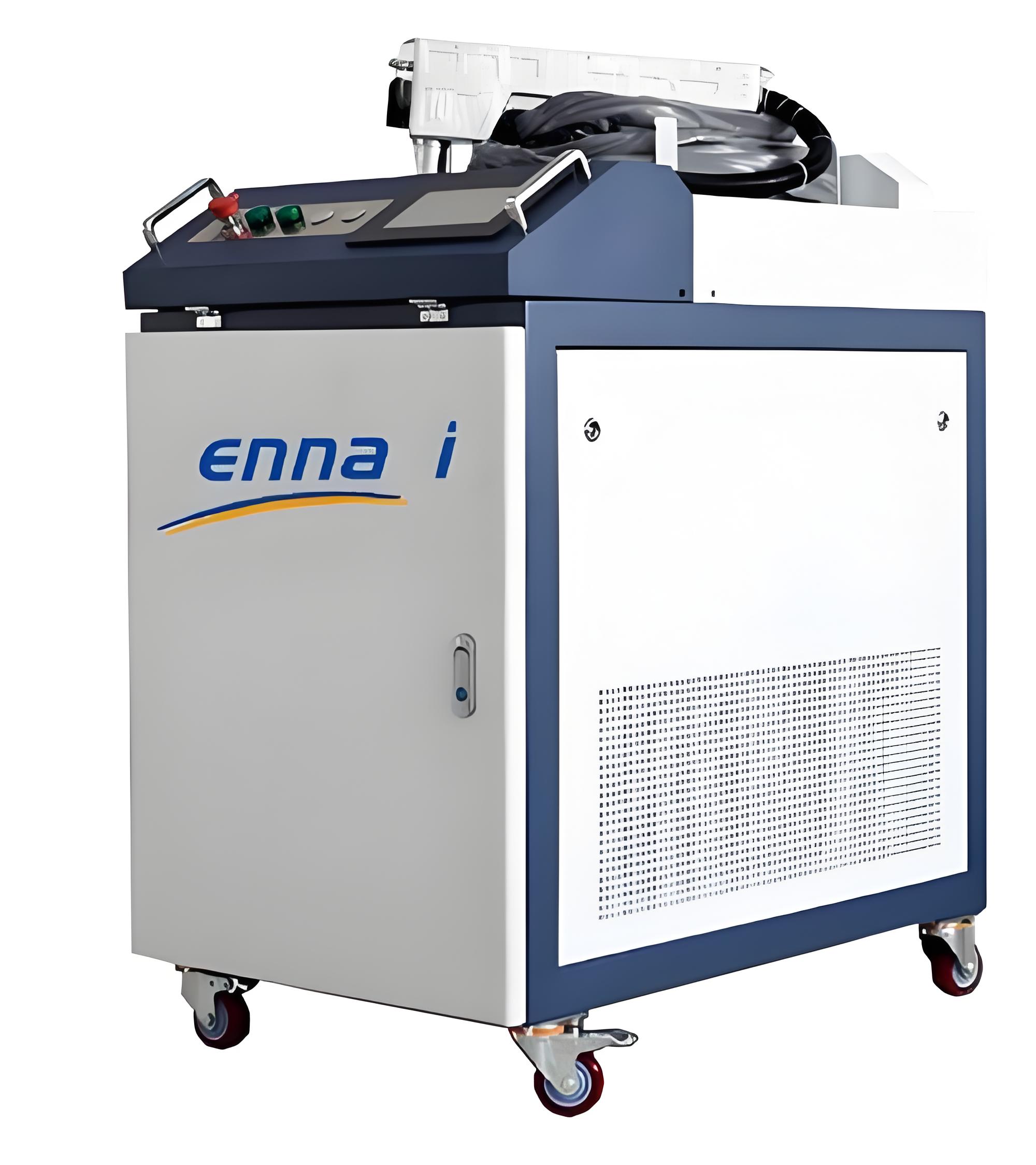
Real-World Insights: Lessons from the Field
One of my most memorable projects was helping a shipyard implement laser cleaning for rust removal on steel hulls. The operators were new to the technology and nervous about safety. We spent two days training on PPE, beam alignment, and parameter settings. By the end, they were confidently cleaning large surfaces, cutting maintenance time by 50% compared to abrasive blasting. The key? Hands-on practice and a clear focus on safety protocols.
On the flip side, I’ve seen mistakes—like an operator who ignored a coolant warning and burned out a $10,000 laser head. These experiences underline the importance of vigilance and proper training.
The Future of Laser Cleaning Operators
The demand for skilled laser cleaning operators is growing as industries adopt this technology for its precision and sustainability. Emerging trends like automated laser systems and IoT integration mean operators will need to adapt to new software and robotic interfaces. I’m excited about these advancements, but they also reinforce the need for continuous learning to stay competitive.
Final Thoughts
Becoming a skilled laser cleaning equipment operator is about mastering a mix of technical expertise, safety awareness, and practical know-how. From understanding laser physics to configuring parameters and maintaining equipment, each skill builds on the others to ensure safe, efficient operation. By investing in proper training, staying vigilant about safety, and learning from hands-on experience, you can excel in this dynamic field. Whether you’re cleaning rust off industrial machinery or restoring a delicate artifact, the right skills make all the difference in delivering results while keeping yourself and your team safe.
Frequently Asked Questions
Q: How long does it take to become a certified laser cleaning operator?
A: Basic training takes 2–3 days for manufacturer-specific programs, while certifications like LSO or CLO can take 1–2 weeks. On-the-job experience (3–6 months) is key to building confidence.
Q: What’s the most important skill for a laser cleaning operator?
A: Safety awareness. Without proper PPE and adherence to standards like ANSI Z136.1, even skilled operators risk injury or equipment damage.
Q: Can I operate a laser cleaning machine without formal training?
A: No. Class 4 lasers are hazardous, and untrained operation can lead to serious injury or costly mistakes. Always get certified training.
Q: How do I know which laser settings to use for different materials?
A: Consult manufacturer guides and perform test runs on scrap pieces. Save presets for common materials to ensure consistency.
Q: Are there career advancement opportunities for laser cleaning operators?
A: Yes! With experience, you can move into roles like Laser Safety Officer, supervisor, or even specialize in automated laser systems. Continuous learning is key.

